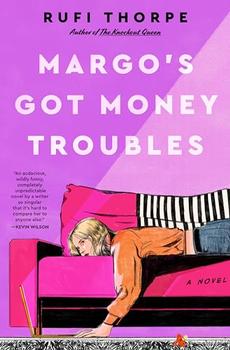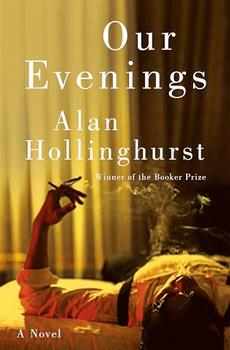Summary | Excerpt | Reviews | Readalikes | Genres & Themes | Author Bio

Biological Weapons and America's Secret War
by Judith Miller, et. al.
From the start, the army knew that the protective action of vaccines could be turned on its head to make viruses more suitable for war. An aggressor could use immunization to protect his troops, while an unvaccinated enemy would be vulnerable.
As Patrick settled into Detrick, the genocidal power of viruses was driven home by two dramatic episodes of pest control. The target was rabbits. The creatures had overrun Australia, their numbers competing so vigorously for sheep and cattle pasture that livestock production began to fall. In 1950, scientists responded with the virus that causes myxomatosis, a disease that often kills rabbits after leaving them blind and twitching. It spread fast and killed more than 99 percent of the infected animals. Europe in the postwar period had suffered a similar explosion of rabbits, which ate farmers' crops. In 1952, French experts released a few animals infected with the virus at Eure-et-Loire, not far from the palace at Versailles. By the next year, the disease had swept not only through France but as far as Belgium, the Netherlands, Switzerland, and Germany, killing up to 90 percent of the rabbits. Farmers were elated. In time, the exterminations were seen as vital to the postwar revival of European agriculture.
The rabbit killing was of special interest to the American germ warriors because the myxomatosis virus is part of the pox family, whose most famous member causes smallpox. So the rabbit drama was considered useful in studying how the smallpox virus might spread through populations of unvaccinated humans.
Copyright © 2001 by Judith Miller, Stephen Engelberg, and William Broad.




If every country had to write a book about elephants...
Click Here to find out who said this, as well as discovering other famous literary quotes!
Your guide toexceptional books
BookBrowse seeks out and recommends the best in contemporary fiction and nonfiction—books that not only engage and entertain but also deepen our understanding of ourselves and the world around us.